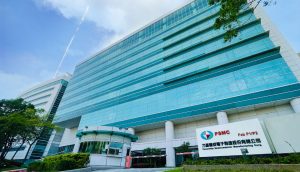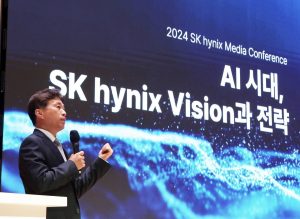Popular Keywords
- About Us
-
Research Report
Research Directory
Semiconductors
LED
Consumer Electronics
Emerging Technologies
- Selected Topics
- Membership
- Price Trends
- Press Center
- News
- Events
- Contact Us
News

According to South Korean media outlet BusinessKorea's report on May 2nd, NVIDIA is reported to be fueling competition between Samsung Electronics and SK Hynix, possibly in an attempt to lower the prices of High Bandwidth Memory (HBM). The report on May 2nd has cited sources, indicating that th...
News

Powerchip Semiconductor Manufacturing Corporation (PSMC) held the inauguration ceremony for its new Tongluo plant on May 2nd. This investment project, totaling over NTD 300 billion for a 12-inch fab, has completed the installation of its initial equipment and commenced trial production. According ...
News

Tesla's journey towards autonomous driving necessitates substantial computational power. Earlier today, TSMC has confirmed the commencement of production for Tesla's next-generation Dojo supercomputer training chips, heralding a significant leap in computing power by 2027. As per a report from Te...
News

SK Hynix CEO Kwak Noh-Jung announced on May 2nd that the company's HBM capacity for this year has already been fully sold out, and next year's capacity is also nearly sold out. From a technological perspective, SK Hynix plans to provide samples of the world's highest-performance 12-layer stacked HBM...
News

AMD benefited from AI demand last quarter (January to March), with revenue of USD 5.47 billion, surpassing Wall Street expectations and turning a profit compared to the same period last year. However, this quarter's fiscal forecast and market outlook are not as expected. AMD achieved a net profit...